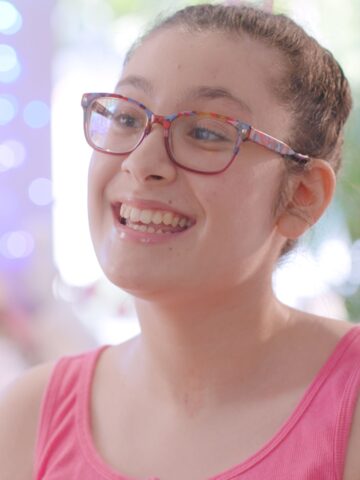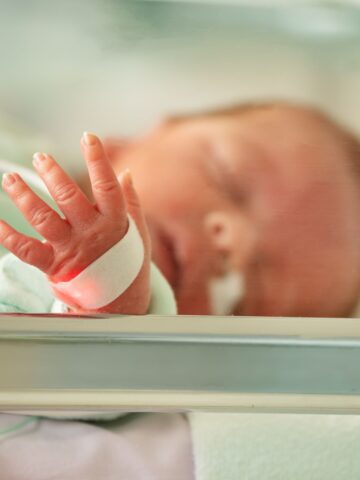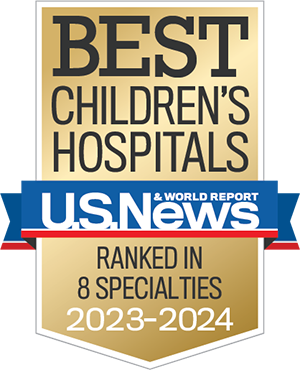The National Institutes of Health (NIH) has awarded CHOC, part of Rady Children’s Health, a five-year, $2.7-million grant to continue the world’s largest ongoing study of brain development, thinking skills and behavior of children born very preterm.
The study, which comes at a time when securing NIH funding is challenging, will pay for data to be analyzed from a cohort of 20-year-olds who since birth in Melbourne, Australia, have had their brains scanned and who have undergone other assessments aimed at giving researchers a better understanding of how the brain grows and develops from birth to adolescence to early adulthood.
No other cohort like this exists in the world, said co-principal investigators Dr. Terrie Inder, an expert on the newborn brain and director of the Center for Neonatal Research at CHOC, and Peter Anderson, PhD, a research neuropsychologist at CHOC.
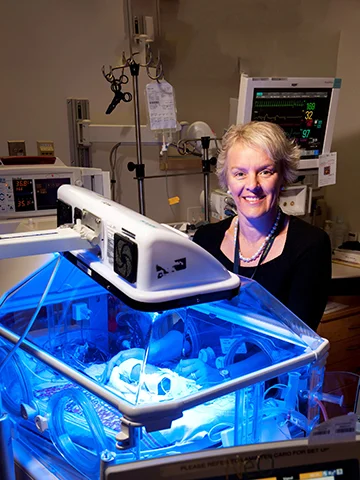
Dr. Inder and Dr. Anderson launched, in 2001, the original study of 224 babies born very preterm (26 to 32 weeks), comparing their brains to 77 babies born full term and in good health. They conducted follow-up assessments of the children at ages 2, 5, 13, and 20.
A total of 130 of the original participants born very preterm agreed at age 20 to return to Royal Children’s Hospital in Melbourne to undergo MRIs on their brains, engage in thinking and problem-solving activities, and answer questions about their health and physical activities. A total of 49 people from the control group also participated.
Some of the then 20-year-olds also provided samples of their saliva for gene analysis and underwent ultrasounds of their hearts.
“I think the fact that CHOC is invested in trying to understand the long-term outcomes of high-risk infants is extremely important,” said Dr. Inder, who joined CHOC in 2022. Last year, she recruited her longtime collaborator Dr. Anderson, who continuously has worked on the project, called the Victorian Infant Brain Study (VIBeS).
Elevated risk of long-term difficulties
Despite health care advances that are keeping babies born very preterm alive, such newborns — who total more than 50,000 in the United States alone each year — face an elevated risk of long-term neurological and developmental difficulties.
But there is little data beyond adolescence to define the longer-term neurological consequences into adulthood.
Now, with NIH funding in place for CHOC to study the data of the 20-year-olds and plan for a follow-up study when they turn 27, Drs. Inder and Anderson, with help from their longtime research team in Australia, will get a clearer picture of this cohort in early adulthood – an effort no other researchers have undertaken, Dr. Inder said.
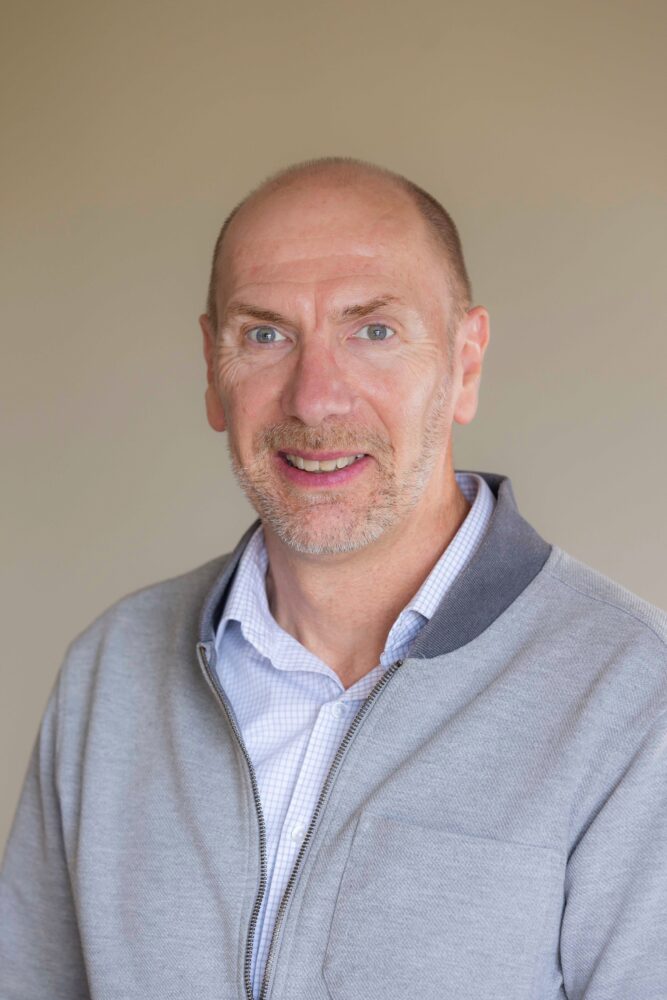
Study participant now thriving
Thomas Officer, now 23, was born at 22 weeks and 5 days and is a member of the VIBeS cohort. He weighed 620 grams (1.37 pounds) at birth. His twin sister, Jessica, died 36 hours after birth.
Thomas grew to 3,345 grams (7.4 pounds) by the time he was sent home from the hospital more than four months later, a mere two weeks after his due date and without any oxygen. He had laser surgery while in the NICU on his eyes to correct retinopathy of prematurity, an eye disease that can lead to vision impairment or blindness.
He experienced moderate to severe bleeding in the brain (bilateral grade 2 IVH) but MRI scans upon his discharge from the hospital did not show evidence of major brain damage — and during his hospitalization, good brain growth was achieved.
Growing up, Thomas had viral-induced asthma. As far as he knows, he does not have any significant disabilities or impairments. He has run a marathon and has excelled in academics. He currently is majoring in politics and economics at Deakin University Geelong, about an hour drive from Melbourne.
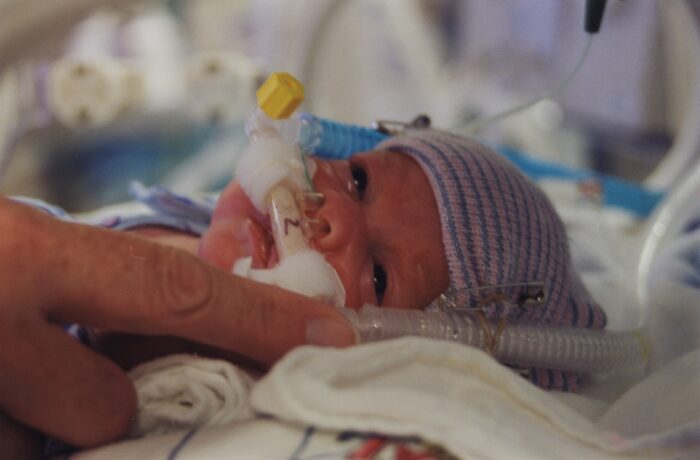
“He had an inner strength as a survivor,” his mother Susie said, “and he has demonstrated that throughout his life. He has some quirks, but he is exactly like everyone else in the family. There is nothing we can point at and say, ‘That is due to his prematurity.’”
The VIBeS study has shown that about 25% of babies born at less than 30 weeks had moderate to severe injuries to the brain and about half had mild injuries. These milder forms of injuries can only be detected through magnetic resonance imaging (MRI).
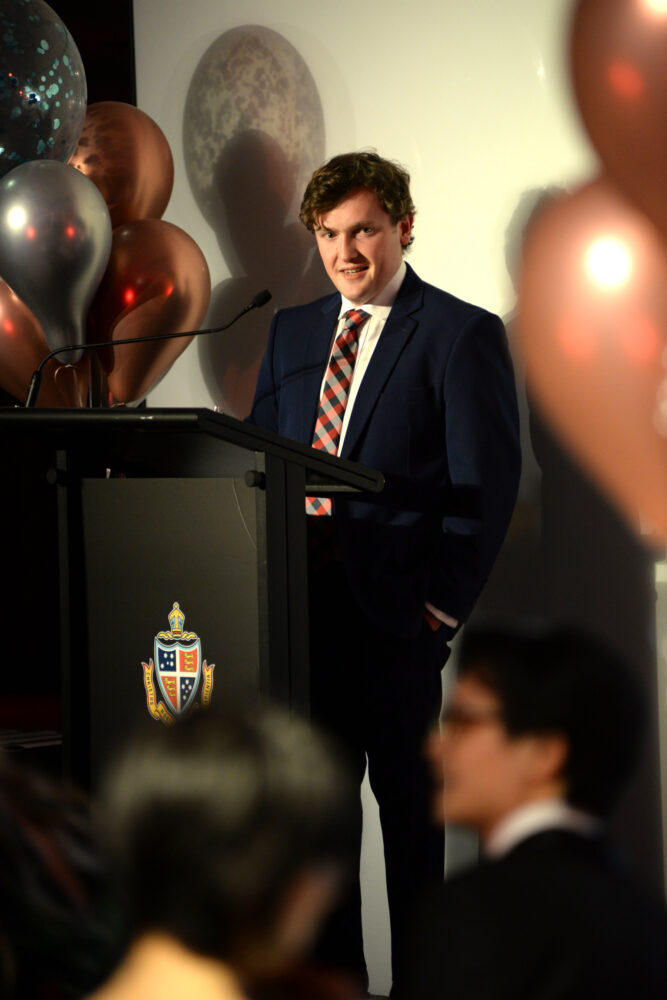
‘Absolutely vital’ study
Thomas helped recruit fellow members of the cohort – who now are between ages 22 and 24 — for the 20-year assessments during the early years of the COVID-19 pandemic. This was no small feat, since many of these individuals now are in college or launching their careers. Some have moved overseas and had to decide on their own whether to participate without the involvement of their parents.
“Having a better understanding of the development and outcomes of people born very premature enables care providers, parents, clinicians and the broader community and society to better understand how to support these people and what their life outcomes may be like,” Thomas said.
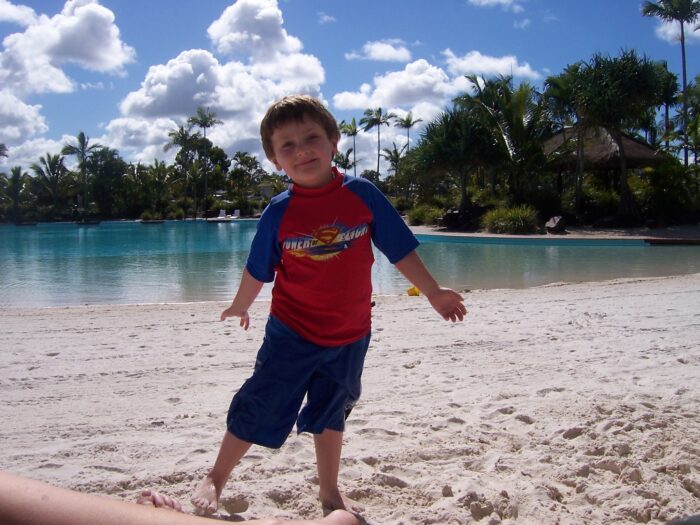
Added Susie: “The VIBeS study and follow-up program is absolutely vital. Every child is different, and every family raising that child is different. And every family has access to different help. We were admittedly lucky to be able to access excellent early interventions and world-class care.
“But unless there are studies which calibrates the inputs and the outcome of these tiny precious babies like Thomas, then the body of advice and changes to protocols and approaches don’t get updated. It’s studies like this that drive that.”
A well-cited research project
In addition to studying MRIs of the brain of the 20-year-olds, the VIBeS team will analyze cerebral blood flow of the young adults for the first time, examining the relationship between cerebral blood flow, brain structure, and cognitive functioning.
Dr. Inder noted that all of the NIH funding for the VIBeS study will remain in the United States, and the analysis of the data will be performed in Orange County.
To date, well over 100 papers have been published in peer-reviewed journals worldwide on the VIBeS cohort. Drs. Inder and Anderson are grateful that their landmark work on babies born very preterm will continue.
“This cohort is so unique,” Dr. Inder noted. “It would take us 25 years to replicate what’s been done to date.”
Said Dr. Anderson: “We feel truly fortunate to be in this position to study this amazing group of young adults who had a particularly challenging start to their life. Their participation enables us to study, for the first time, how the brain matures and adapts from birth through to adulthood for those born very preterm, and importantly, identify factors that influence both positive and adverse developmental outcomes.”
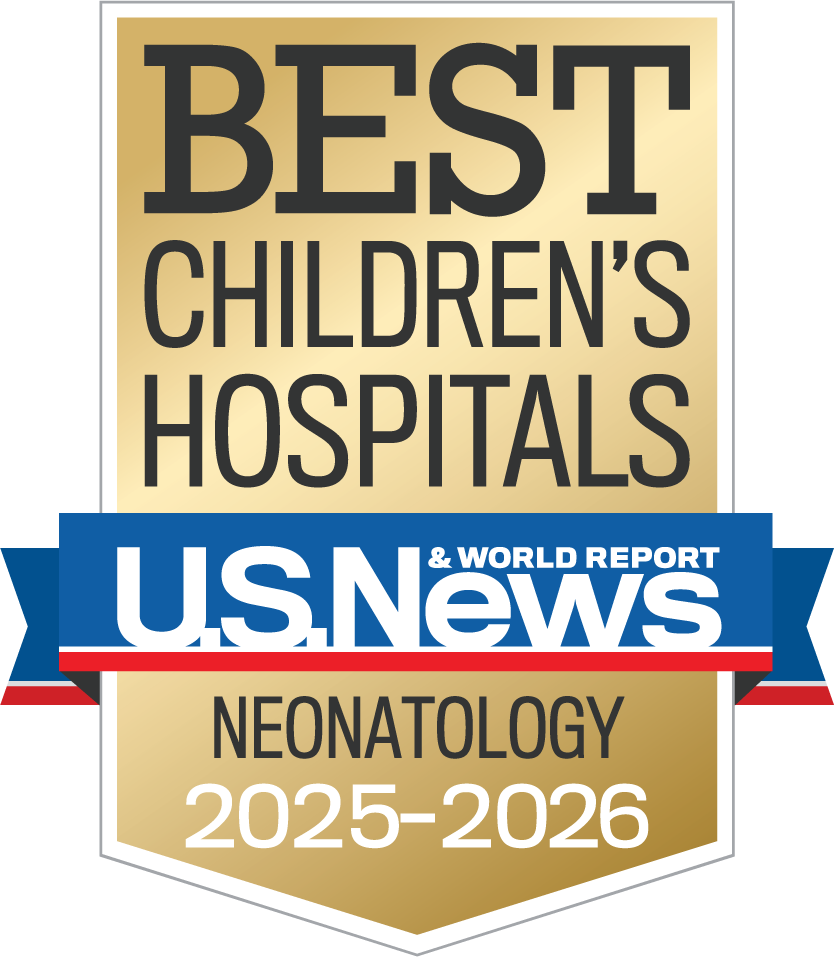
CHOC was named one of the nation’s best children’s hospitals for neonatology by U.S. News & World Report in its 2025-26 Best Children’s Hospitals rankings.


